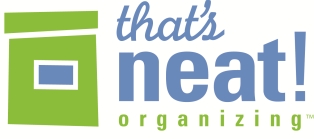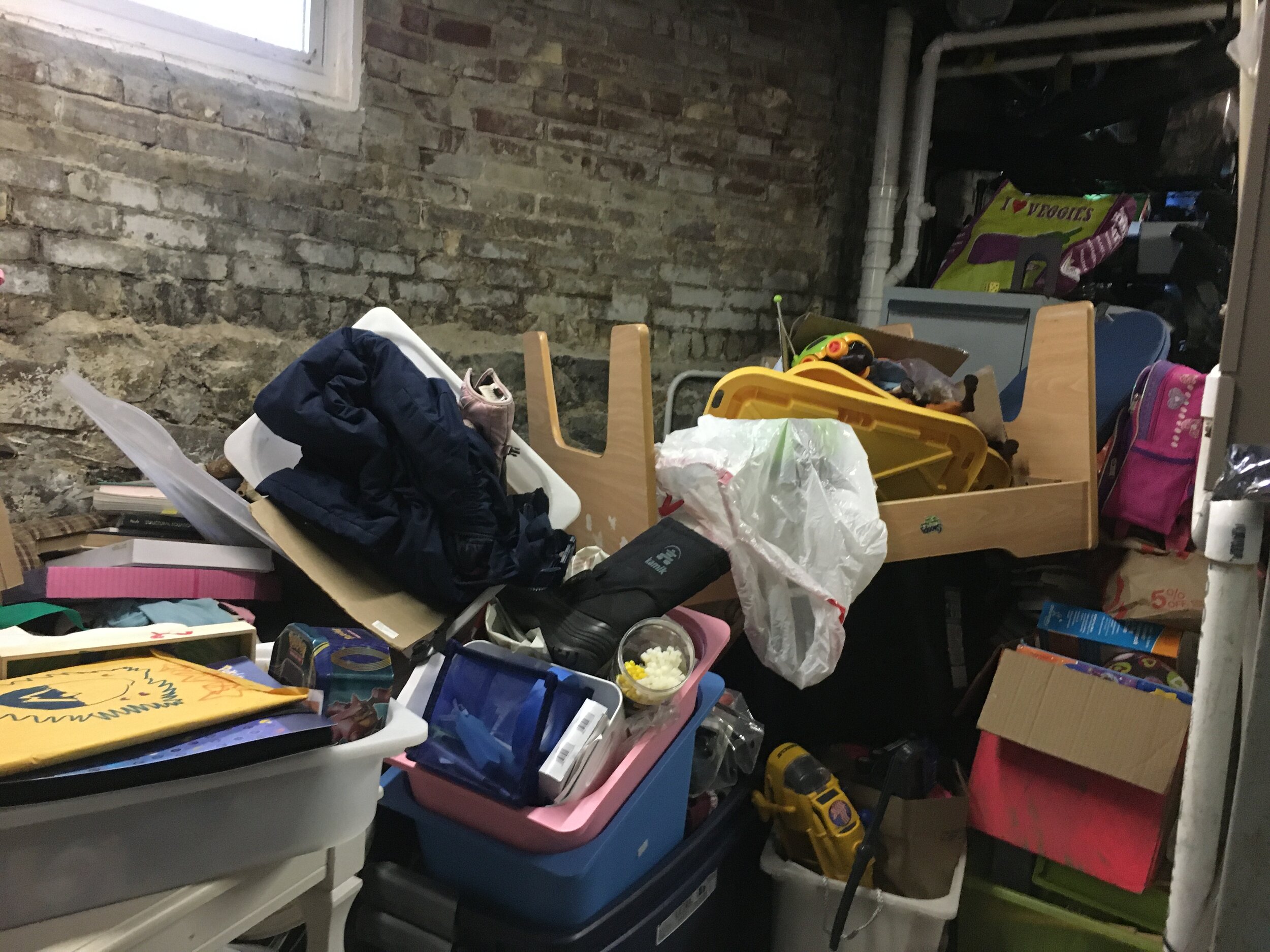Virtual Organizing Basement Before and After
/This summer I organized virtually with a client to help her clean out her basement. We had organized in-person at her home years ago, but never worked on her basement. The client is a busy parent and a professor, and every summer was stressed out by the basement clutter. She dreaded going down there and tried to work on it every summer to get it “done.”
The client realized she needed some support to get through the project, so in late spring we set a schedule of virtual sessions over a few months. She emailed me photos of the space and we made a plan. We met virtually every few weeks to check in on her progress, brainstorm next steps, or find solutions for obstacles. This is the summer that she accomplished her goals!
What worked this time?
Our regular check-ins, set ahead of time, gave the client regular accountability.
She scheduled time on her calendar each week to work on the project; instead of saving full days to try to get through it, she aimed for a few sessions each week.
We broke the large project into smaller discrete projects/tasks she could do in her smaller sessions.
We discussed where and when she would donate items so she had a plan for getting the unwanted items out of her house.
After our virtual sessions, we planned out what she’d do later that day, like put donate items out on her curb.
We also made a plan for the “phase 2” projects that she could do a later point, so she could stay focused on her priority projects.



















